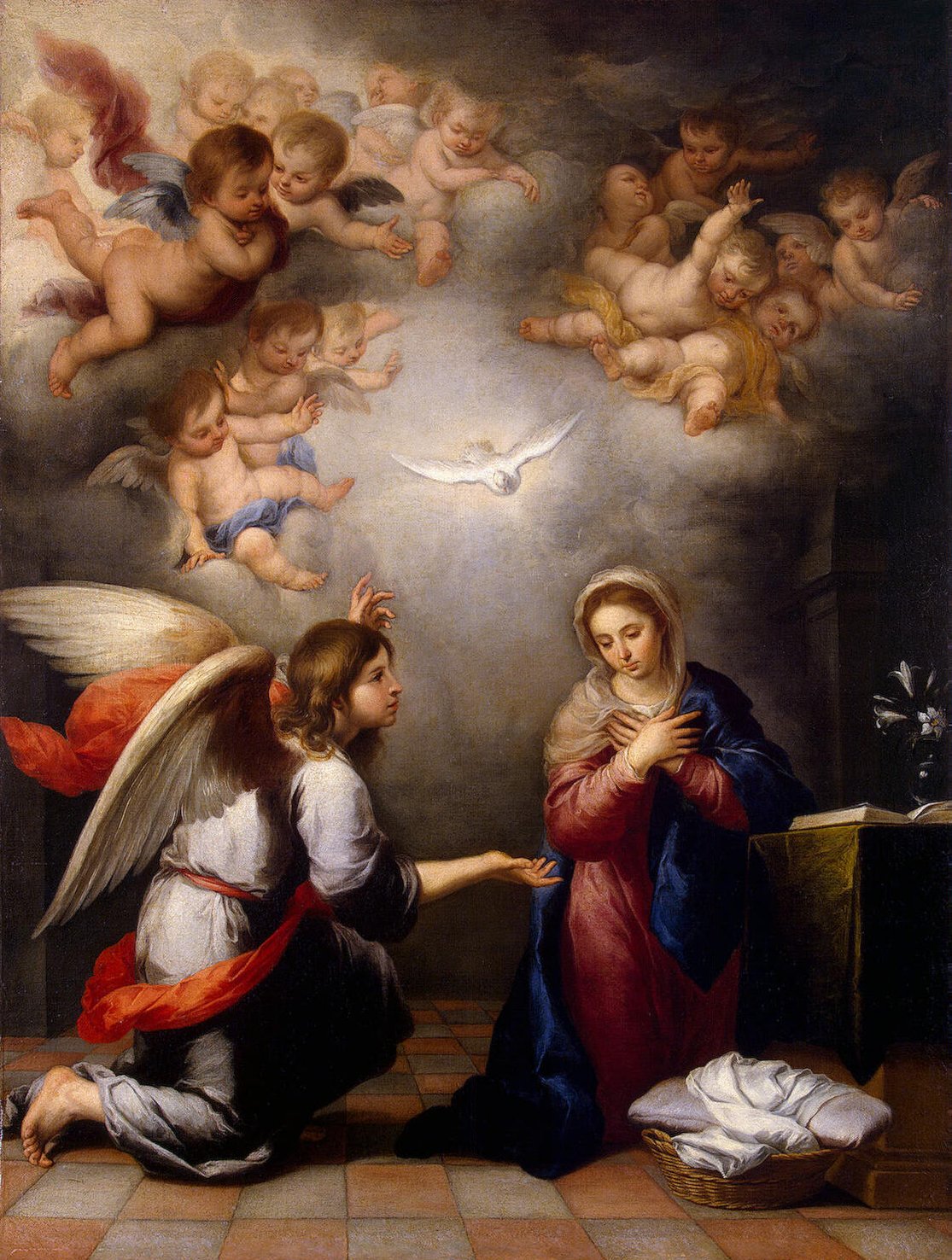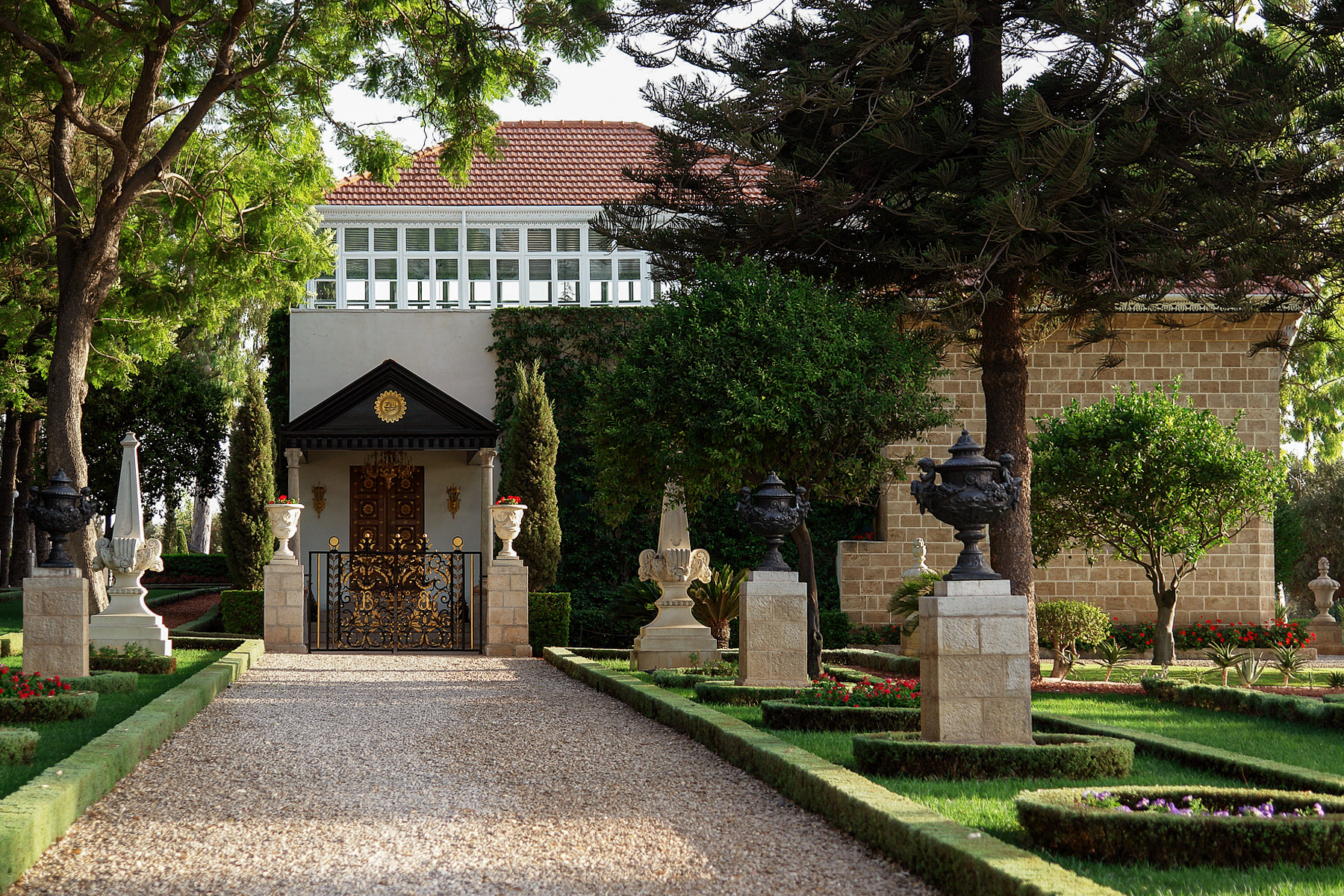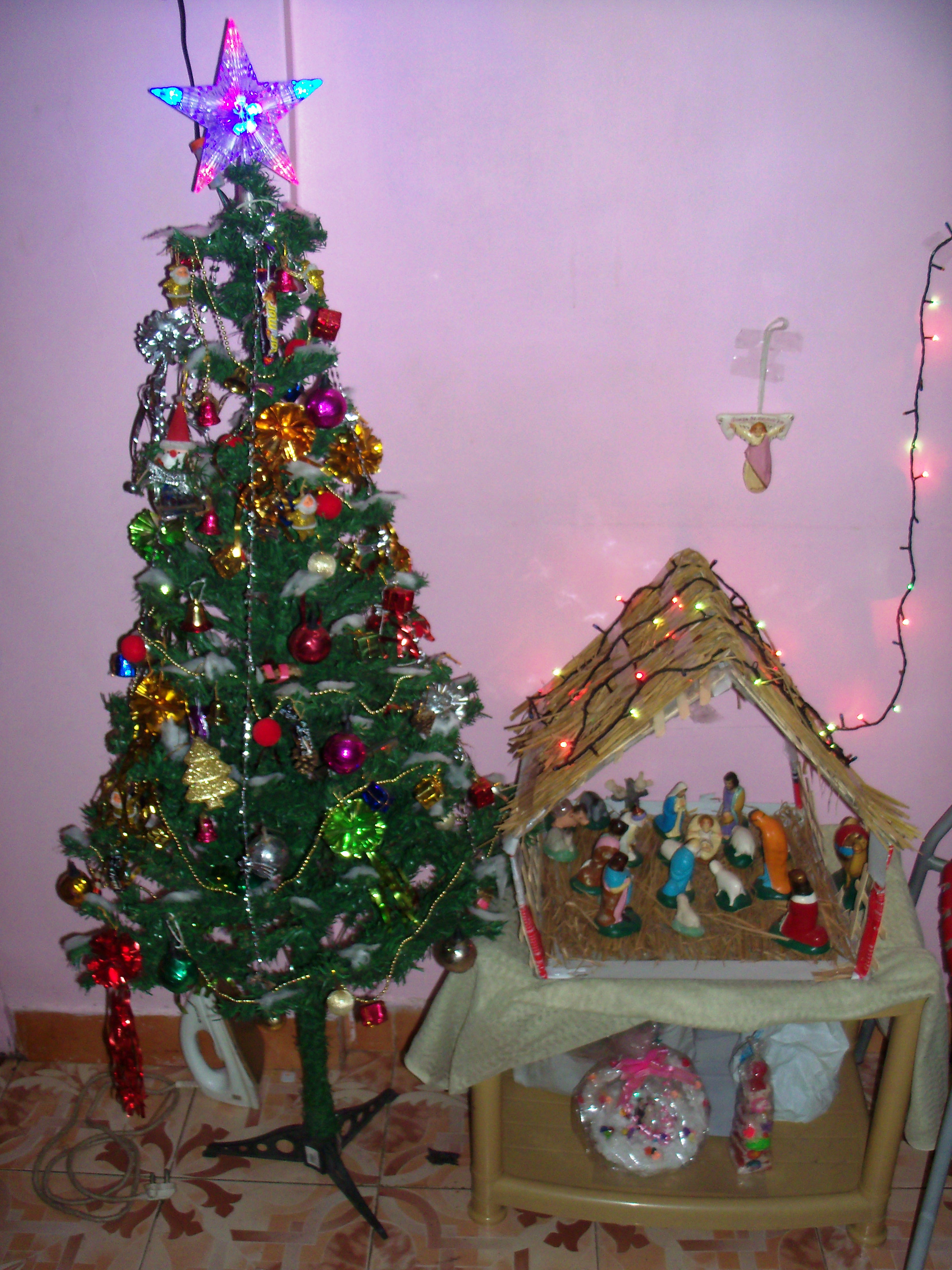|
Advent
Advent is a Christian season of preparation for the Nativity of Christ at Christmas. It is the beginning of the liturgical year in Western Christianity. The name was adopted from Latin "coming; arrival", translating Greek '' parousia''. In the New Testament, this is the term used for the Second Coming of Christ. Thus, the season of Advent in the Christian calendar anticipates the "coming of Christ" from three different perspectives: the physical nativity in Bethlehem, the reception of Christ in the heart of the believer, and the eschatological Second Coming. Practices associated with Advent include Advent calendars, lighting an Advent wreath, praying an Advent daily devotional, erecting a Christmas tree or a Chrismon tree, lighting a Christingle, as well as other ways of preparing for Christmas, such as setting up Christmas decorations, a custom that is sometimes done liturgically through a hanging of the greens ceremony. The equivalent of Advent in Eastern Chris ... [...More Info...] [...Related Items...] OR: [Wikipedia] [Google] [Baidu] |
Advent Wreath
The Advent wreath, or Advent crown, is a Christian tradition that symbolizes the passage of the four weeks of Advent in the liturgical calendar of the Western church. It is traditionally a Lutheran practice, although it has spread to many other Christian denominations. It is an evergreen wreath with four candles, sometimes with a fifth, white candle in the center. Beginning with the First Sunday of Advent, the lighting of a candle can be accompanied by a Bible reading, devotional time and prayers. An additional candle is lit on each subsequent Sunday until, by the last Sunday of Advent, all four candles are lit. Some Advent wreaths include a fifth, Christ candle which is lit at Christmas Eve or Christmas Day. The custom originated in family settings but has also become widespread in public worship. History The concept of the Advent wreath originated among German Lutherans in the 16th century. However, it was not until three centuries later that the modern Advent wreath took s ... [...More Info...] [...Related Items...] OR: [Wikipedia] [Google] [Baidu] |
Advent Calendar
An Advent calendar is used to count the days of Advent in anticipation of Christmas. Since the date of the First Sunday of Advent varies, falling between November 27 and December 3 inclusive, many reusable Advent calendars made of paper or wood begin on December 1; others start from the First Sunday of Advent and thus include the last few days of November that begin the liturgical season of Advent. The Advent calendar was first used by German Lutherans in the 19th and 20th centuries, and has since then spread to other Christian denominations. Design and use Traditional Advent calendars feature the manger scene, Saint Nicholas and winter weather, while others range in theme, from sports to technology. They come in a multitude of forms, from a simple paper calendar with flaps covering each of the days to fabric pockets on a background scene to painted wooden boxes with cubby holes for small items. Many Advent calendars take the form of a large rectangular card with "Doors ... [...More Info...] [...Related Items...] OR: [Wikipedia] [Google] [Baidu] |
New Testament
The New Testament grc, Ἡ Καινὴ Διαθήκη, transl. ; la, Novum Testamentum. (NT) is the second division of the Christian biblical canon. It discusses the teachings and person of Jesus, as well as events in first-century Christianity. The New Testament's background, the first division of the Christian Bible, is called the Old Testament, which is based primarily upon the Hebrew Bible; together they are regarded as sacred scripture by Christians. The New Testament is a collection of Christian texts originally written in the Koine Greek language, at different times by various authors. While the Old Testament canon varies somewhat between different Christian denominations, the 27-book canon of the New Testament has been almost universally recognized within Christianity since at least Late Antiquity. Thus, in almost all Christian traditions today, the New Testament consists of 27 books: * 4 canonical gospels ( Matthew, Mark, Luke, and John) * The Acts of t ... [...More Info...] [...Related Items...] OR: [Wikipedia] [Google] [Baidu] |
Christianity
Christianity is an Abrahamic monotheistic religion based on the life and teachings of Jesus of Nazareth. It is the world's largest and most widespread religion with roughly 2.38 billion followers representing one-third of the global population. Its adherents, known as Christians, are estimated to make up a majority of the population in 157 countries and territories, and believe that Jesus is the Son of God, whose coming as the messiah was prophesied in the Hebrew Bible (called the Old Testament in Christianity) and chronicled in the New Testament. Christianity began as a Second Temple Judaic sect in the 1st century Hellenistic Judaism in the Roman province of Judea. Jesus' apostles and their followers spread around the Levant, Europe, Anatolia, Mesopotamia, the South Caucasus, Ancient Carthage, Egypt, and Ethiopia, despite significant initial persecution. It soon attracted gentile God-fearers, which led to a departure from Jewish customs, and, a ... [...More Info...] [...Related Items...] OR: [Wikipedia] [Google] [Baidu] |
Liturgical Year
The liturgical year, also called the church year, Christian year or kalendar, consists of the cycle of liturgical seasons in Christian churches that determines when feast days, including celebrations of saints, are to be observed, and which portions of Scripture are to be read either in an annual cycle or in a cycle of several years. Distinct liturgical colours may be used in connection with different seasons of the liturgical year. The dates of the festivals vary somewhat among the different churches, although the sequence and logic is largely the same. Liturgical cycle The liturgical cycle divides the year into a series of seasons, each with their own mood, theological emphases, and modes of prayer, which can be signified by different ways of decorating churches, colours of paraments and vestments for clergy, scriptural readings, themes for preaching and even different traditions and practices often observed personally or in the home. In churches that follow t ... [...More Info...] [...Related Items...] OR: [Wikipedia] [Google] [Baidu] |
Eschatology
Eschatology (; ) concerns expectations of the end of the present age, human history, or of the world itself. The end of the world or end times is predicted by several world religions (both Abrahamic and non-Abrahamic), which teach that negative world events will reach a climax. Belief that the end of the world is imminent is known as apocalypticism, and over time has been held both by members of mainstream religions and by doomsday cults. In the context of mysticism, the term refers metaphorically to the end of ordinary reality and to reunion with the divine. Various religions treat eschatology as a future event prophesied in sacred texts or in folklore. The Abrahamic religions maintain a linear cosmology, with end-time scenarios containing themes of transformation and redemption. In later Judaism, the term "end of days" makes reference to the Messianic Age and includes an in-gathering of the exiled Jewish diaspora, the coming of the Messiah, the resurrection of the ... [...More Info...] [...Related Items...] OR: [Wikipedia] [Google] [Baidu] |
Nativity Of Christ
The nativity of Jesus, nativity of Christ, birth of Jesus or birth of Christ is described in the biblical gospels of Luke and Matthew. The two accounts agree that Jesus was born in Bethlehem in Judaea, his mother Mary was engaged to a man named Joseph, who was descended from King David and was not his biological father, and that his birth was caused by divine intervention. Many modern scholars consider the birth narratives unhistorical because they are laced with theology and present two different accounts which cannot be harmonised into a single coherent narrative. But many others view the discussion of historicity as secondary, given that gospels were primarily written as theological documents rather than chronological timelines. The nativity is the basis for the Christian holiday of Christmas, and plays a major role in the Christian liturgical year. Many Christians traditionally display small manger scenes depicting the nativity in their homes, or attend nativity pl ... [...More Info...] [...Related Items...] OR: [Wikipedia] [Google] [Baidu] |
Nativity Of Jesus
The nativity of Jesus, nativity of Christ, birth of Jesus or birth of Christ is described in the biblical gospels of Luke and Matthew. The two accounts agree that Jesus was born in Bethlehem in Judaea, his mother Mary was engaged to a man named Joseph, who was descended from King David and was not his biological father, and that his birth was caused by divine intervention. Many modern scholars consider the birth narratives unhistorical because they are laced with theology and present two different accounts which cannot be harmonised into a single coherent narrative. But many others view the discussion of historicity as secondary, given that gospels were primarily written as theological documents rather than chronological timelines. The nativity is the basis for the Christian holiday of Christmas, and plays a major role in the Christian liturgical year. Many Christians traditionally display small manger scenes depicting the nativity in their homes, or attend nativity p ... [...More Info...] [...Related Items...] OR: [Wikipedia] [Google] [Baidu] |
Nativity Of Jesus
The nativity of Jesus, nativity of Christ, birth of Jesus or birth of Christ is described in the biblical gospels of Luke and Matthew. The two accounts agree that Jesus was born in Bethlehem in Judaea, his mother Mary was engaged to a man named Joseph, who was descended from King David and was not his biological father, and that his birth was caused by divine intervention. Many modern scholars consider the birth narratives unhistorical because they are laced with theology and present two different accounts which cannot be harmonised into a single coherent narrative. But many others view the discussion of historicity as secondary, given that gospels were primarily written as theological documents rather than chronological timelines. The nativity is the basis for the Christian holiday of Christmas, and plays a major role in the Christian liturgical year. Many Christians traditionally display small manger scenes depicting the nativity in their homes, or attend nativity p ... [...More Info...] [...Related Items...] OR: [Wikipedia] [Google] [Baidu] |
Second Coming Of Christ
The Second Coming (sometimes called the Second Advent or the Parousia) is a Christian (as well as Islamic and Baha'i) belief that Jesus will return again after his ascension to heaven about two thousand years ago. The idea is based on messianic prophecies and is part of most Christian eschatologies. Terminology Several different terms are used to refer to the Second Coming of Christ: In the New Testament, the Greek word ἐπιφάνεια (''epiphaneia'', appearing) is used five times to refer to the return of Christ. The Greek New Testament uses the Greek term ''parousia'' (παρουσία, meaning "arrival", "coming", or "presence") twenty-four times, seventeen of them concerning Christ. However, parousia has the distinct reference to a period of time rather than an instance in time. At parousia is used to clearly describe the period of time that Noah lived. The Greek word ''eleusi''s which means "coming" is not interchangeable with parousia. So this parousia or "p ... [...More Info...] [...Related Items...] OR: [Wikipedia] [Google] [Baidu] |
Parousia
The Second Coming (sometimes called the Second Advent or the Parousia) is a Christian (as well as Islamic and Baha'i) belief that Jesus will return again after his ascension to heaven about two thousand years ago. The idea is based on messianic prophecies and is part of most Christian eschatologies. Terminology Several different terms are used to refer to the Second Coming of Christ: In the New Testament, the Greek word ἐπιφάνεια (''epiphaneia'', appearing) is used five times to refer to the return of Christ. The Greek New Testament uses the Greek term ''parousia'' (παρουσία, meaning "arrival", "coming", or "presence") twenty-four times, seventeen of them concerning Christ. However, parousia has the distinct reference to a period of time rather than an instance in time. At parousia is used to clearly describe the period of time that Noah lived. The Greek word ''eleusi''s which means "coming" is not interchangeable with parousia. So this parousia or "p ... [...More Info...] [...Related Items...] OR: [Wikipedia] [Google] [Baidu] |
Christmastide
Christmastide is a season of the liturgical year in most Christian churches. In some, Christmastide is identical to Twelvetide. For the Catholic Church, Lutheran Church, Anglican Church and Methodist Church, Christmastide begins on 24 December at sunset or Vespers, which is liturgically the beginning of Christmas Eve. Most of 24 December is thus not part of Christmastide, but of Advent, the season in the Church Year that precedes Christmastide. In many liturgical calendars Christmastide is followed by the closely related season of Epiphanytide at sunset on 5 January, which is known as Twelfth Night. There are several celebrations within Christmastide, including Christmas Day (25 December), St. Stephen's Day (26 December), Childermas (28 December), New Year's Eve (31 December), the Feast of the Circumcision of Christ or the Solemnity of Mary, Mother of God (1 January), and the Feast of the Holy Family (date varies). The Twelve Days of Christmas terminate with Epiphany Eve ... [...More Info...] [...Related Items...] OR: [Wikipedia] [Google] [Baidu] |









